Smarter transportation is changing the way people move-around. It is actually giving a sustainable solution that can aid to overcome the increasing difficulties and issues that have been made in connection with the problems of urban congestion, pollution, and climate change. Since cities are enlarging continuously, traditional forms of transport cannot cater for the needs of the public, which has made it possible to adopt smarter and more efficient options. Smarter Transportation will comprise innovative technologies such as electric vehicles, designs of autonomous vehicles, intelligent traffic management, and data-driven decision-making tools to ensure seamless eco-friendly transportation networks.
This implies that one of the largest advantages of smart transportation is a cleaner environment. More electric vehicles will be out on the roads to reduce emission levels. For one, tailpipe pollutants are absent from electric vehicles, and they can also easily be powered by renewable sources of energy such as sunlight or wind. Additionally, with optimized driving patterns, reduced traffic congestion, and accident minimization, AVs are bound to make a much cleaner and safer city.
Smart technologies also enable public transport through MaaS, where all the different transit modes are integrated into a digital platform that makes planning easier for the user. Real-time data is also applied in smart traffic systems that optimize the flow of traffic, reduce congestion, and ensure road safety. Another aspect of micromobility solutions provided through electric bikes and scooters provide environmental-friendly options for short distance movements.
Despite the complexity in implementing these systems, as with investment in infrastructure and the adjustment of regulations, a bright future seems to come for smart transportation. These cities will reduce their negative impact on the environment, increase efficiency, and promote a quality of life that is not compromised. Smart transportation is no longer the next thing-it is a step toward living in urban environments that make sense and are sustainable.
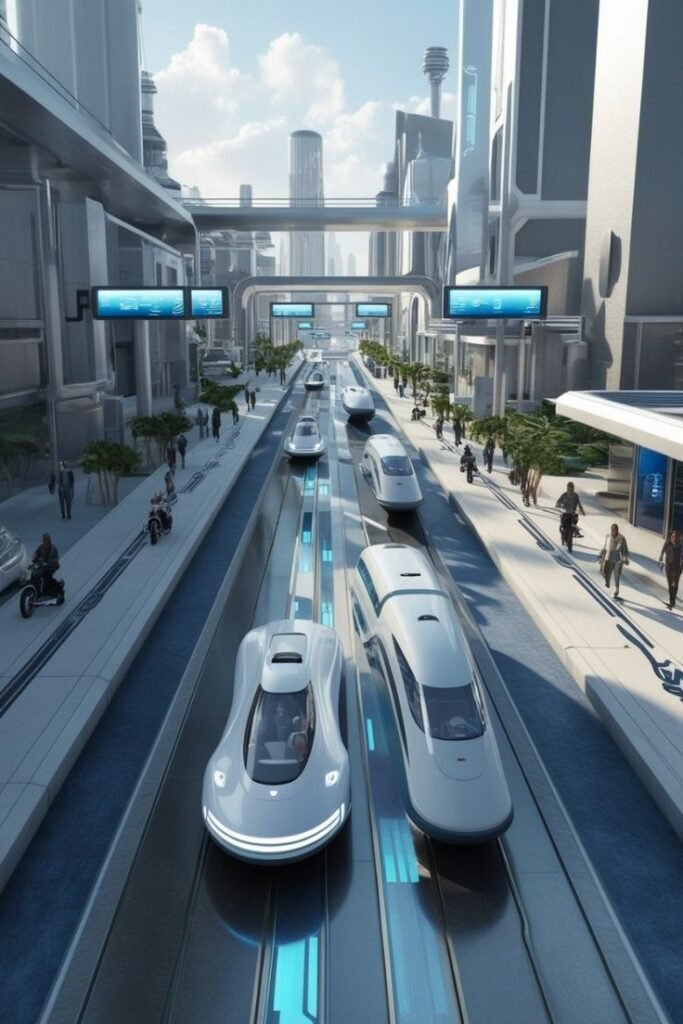
Smart Transportation: The Key to Sustainable Future
Perhaps nothing else can so profoundly mold the future within this evolving paradigm of urban development than smart transportation. In rapidly growing cities where the pressing issues regarding environmental conservation grow more alarming every day, efficient and sustainable transport networks that keep themselves well-interconnected hold immense significance today. Smart transportation is a system, that relies on technology to enhance the efficiency, safety, and sustainability of transport networks. It is the revolutionary change which will make people move in a less carbon-emitting way and ease traffic congestion while improving the quality of life in cities.
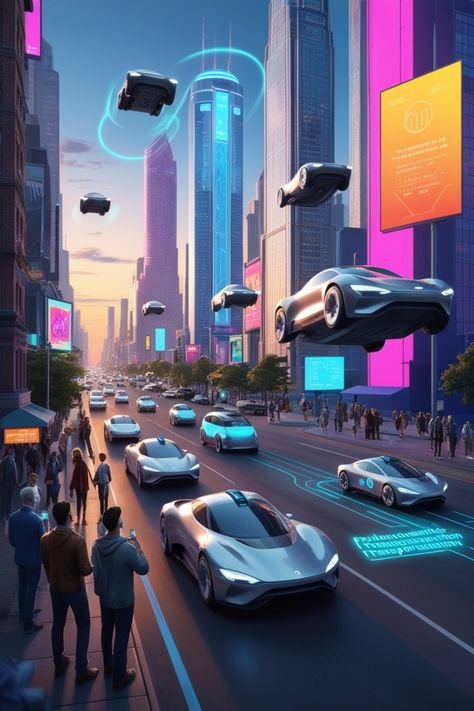
What is Smart Transportation?
Smart transportation refers to wide ranges of technologies that serve to improve transportation systems towards being more efficient, safer, and environmentally friendly. It is based on IoT devices and AI and data analytics to create intelligent traffic systems that can monitor how vehicles are performing and optimizing routes in real time and controlling traffic. This transport network should thus prove seamless and sustainable and cater for ever-increasing demands in the urban population without harming the environment caused by traditional transport.
A combination of connected vehicles, smart infrastructure, and reliance on big data in decision making characterizes smart transportation. Smart electric vehicles and self-driving cars are always accompanied by real-time tracking of public transits and smart traffic lights; the ensemble makes smarter sustainable transportation systems.
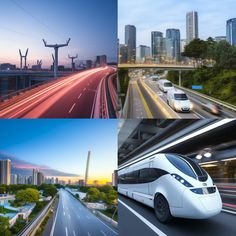
Main components of Smart Transportation:
Electric Vehicles Electrical vehicles form one of the most integral parts of smart transportation. With increasing awareness about the dirtiness of fossil fuel’s environmental impact, electric cars have come to be termed as a clean alternative. They do not emit tailpipe emissions, thereby reducing greenhouse gas emissions drastically and can use renewable sources such as solar power and wind. As more cities become greener and cleaner, adoption of electrical vehicles is taking place at a very rapid pace.
Other measures that have been considered include the establishment of electric vehicle charging infrastructure. Across the world, governments have concentrated on public fast-charging stations to give comfort while reloading. Governments from various countries across the world have encouraged people to switch to the electric use of automobiles as part of an overall vision to reduce the emissions from transport.
Self-driving cars will revolutionize the way people travel, probably even getting rid of human drivers and making transportation safer and more efficient. Autonomous vehicles are fitted with sensors, cameras, and advanced algorithms that allow them to navigate roads, avoid obstacles, and communicate with other vehicles and infrastructure.
AVs may reduce traffic congestion by optimizing their driving patterns to ensure smooth flowing traffic with minimal chances of accidents due to human error. In addition, there will be less number of cars on the roads in case of more shared autonomous vehicles (SAVs), meaning fewer emissions and less traffic congestion.
Although much remains to be done in terms of regulation and technology, AVs mark a quantum leap in the direction of developing a much more sustainable and efficient transportation system.
Public Transport and MaaS Public transport is extremely crucial in urban mobility where its impact can be minimized because mass transit provides efficient alternative transportation solutions compared to private cars; buses, trains, and trams minimize the problem of traffic as well as emission immensely.
Mobility as a Service is one of the new concepts that can integrate all forms of transport in one digital platform. MaaS allows users to plan and book several transport services on one platform, including bus, train, ride-sharing, and even bike sharing. This convenience encourages many people to use public and alternative modes of travel, thereby reducing the number of vehicles on the road, which decreases emissions.
The development of smart traffic management systems is perhaps one of the greatest innovations in the realm of smart transportation. With data collected in real-time from sensors, cameras, and GPS systems, cities can improve the efficiency of traffic flow, minimize congestion, and promote safety in roads. It would then be possible to adjust traffic light timing to respond to patterns in the traffic. Dynamic road signs would notify drivers about any conditions at specific times that could delay them, accidents, or closed roads.
The systems would be powered by AI, predicting traffic congestion and showing alternative routes, hence reducing travel time and usage of fuel. Furthermore, such systems would enforce traffic law more severely, hence roads would become safer, reducing accidents associated with reckless driving.
Bike-sharing and micromobility solutions have revolutionized short-distance travel in many urban cities. From bike-sharing programs to the more recent development of electric scooters, there are now eco-friendly and convenient alternatives to get around congested cities, solving the problem of “last-mile” transportation-the journey from a public transit stop to a person’s final destination.
They reduce dependence on car travel, decrease traffic, and cut down on emissions. Now, Paris, Berlin, and New York are the cities that use bike-sharing and e-scooter programs, which travel from one place to another as an alternative means for commuters who are quick to go by car.
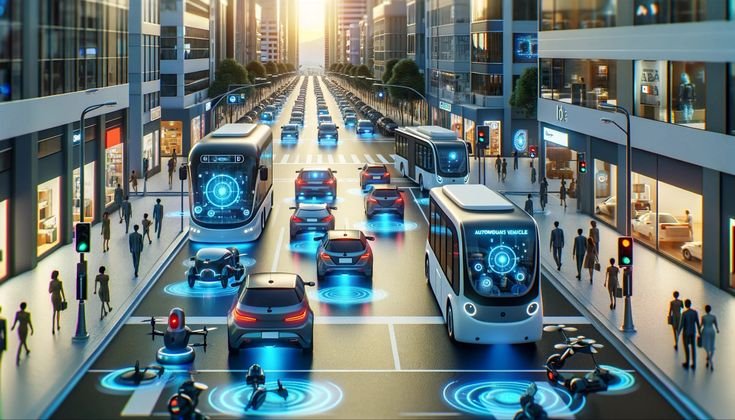
Benefits of Smart Transportation
This will help change the environment in a positive manner by reducing greenhouse gases and even clearing out all smoky aspects in the air. As such, smart transportation also promotes the use of fewer emissions and the reduction of greenhouse gases. It reduces the traffic congestion, use of public transport, and even adoption of electric vehicles.
Another way smarter transportation networks may optimize energy use is through reducing the carbon footprint of transportation systems. For example, AI systems can detect the most energy-efficient routes for vehicles, which decreases fuel consumption and emissions.
Perhaps the most frustrating and time-consuming condition of city life is traffic congestion. Smart transport systems promise to alleviate such a condition by providing live information about traffic and optimizing flows. This it does in various ways: improving the controls on traffic lights, tracking road conditions, and boosting alternative modes of travel.
In addition to saving time, low traffic density saves fuel and helps to minimize emission from vehicles, leaving the cities cleaner.In addition, smart transportation systems can improve road safety. For instance, AVs reduce the chances of human error, which takes the largest percentage in car accidents. The real-time information and cameras, along with sensors, mean that AVs will always be able to react in time before humans when warning of possible dangers.
It also automatically detects accidents and responds immediately to an emergency, ensuring minimal accidents caused by bottlenecks in traffic. Real-time monitoring and analytics can improve road conditions by alerting authorities before dangerous situations arise.
Much savings in money are also brought in by intelligent transport. As a case in point, fuel intake is reduced, and maintenance costs are reduced on the car due to its efficient usage in the road without incident losses, saving costs both on individuals and towns as benefits. More, ride-hailing, car-sharing and Moaas cuts back on the need for retaining personal vehicles to save money for users.
The benefits of smart transportation are evident enough, but there seems to be plenty of work on challenges yet to be confronted. Take, for example, the widespread adoption of self-driving and electric vehicles: these require a whole lot of heavy investment in infrastructure – more charging stations for electric vehicles, more self-driving car test zones, and vehicle-to-infrastructure communication networks. Public policies and regulations have also to be transformed by technology so that deployments of smart transportation can be both safe, equitable, and sustainable.
As cities in the world embrace smart transportation technology, government, businesses, and citizens will have to combine efforts. The future of sustainable mobility in cities will either be based on their integration into the existing network of transportation or whether they are used as a means of solving existing problems such as funding and accessibility as well as data issues.
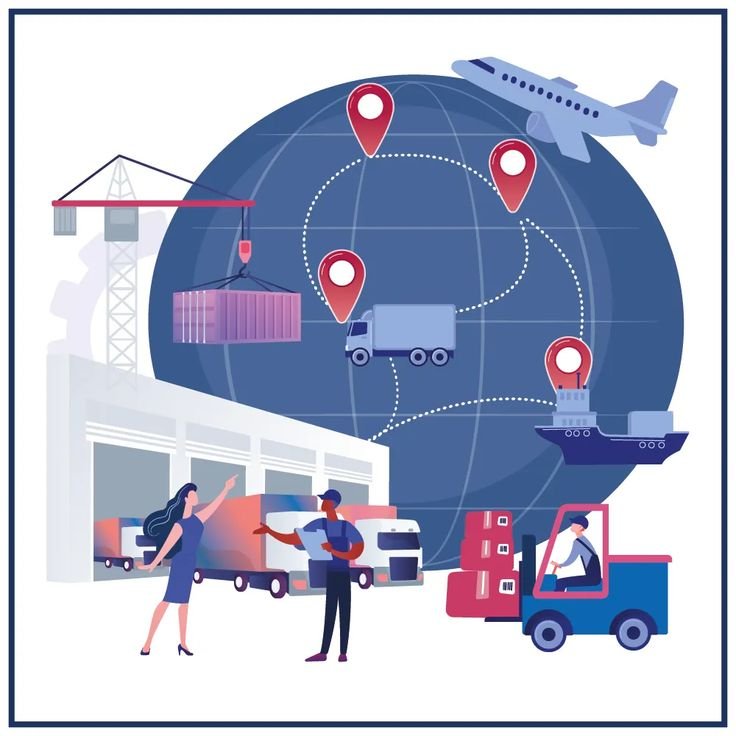
Conclusion
Smart transportation is no more a trend but rather the future of building sustainable and livable cities. It allows us to build an efficient, safer, and greener transportation system through integration with electric vehicles, autonomous cars, smart traffic management, and sustainable public transit options. The closer to making it possible that this technology can make seamless, sustainable, and intelligent transportation networks happen. With these innovations, cities can achieve environmental benefits and improve the quality of life of residents to move their city closer to an environmentally sustainable future for everyone.
























+ There are no comments
Add yours